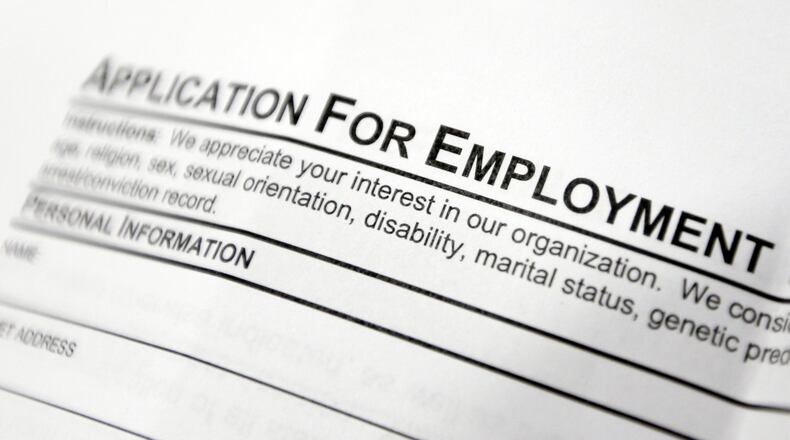While the national unemployment rate rose from a nine-year low of 4.6 percent in November, it moved up largely because people who were previously discouraged from looking for work moved back into the labor market.
The labor force participation rate — or the share of the working-age population 16 and older either employed or are actively looking for work — ticked up to 62.7 percent from a rate of 62.6 in November, according to the jobs report.
Generally, when labor force participation increases, the unemployment rate rises because many of the people returning to the job market looking for work are counted as unemployed until they actually find a job.
Hiring last month was led by the health care sector, which added 43,000 jobs, while restaurants and bars gained 30,000 positions, according to the jobs report. Manufacturing resumed hiring after four months of job cuts, adding 17,000, and transportation and warehousing, fueled by the growth of online shopping during the holiday season, added 15,000.
For all of 2016, job growth averaged 180,000 a month, down from 229,000 in 2015, but enough to lower unemployment over time.
Ohio’s added 9,100 jobs in November, breaking a three-month streak of job losses, but the state is still struggling to keep up with the national economy.
Ohio’s annual job growth rate was 0.91 percent for the year ended in November, while the U.S. job growth rate was 1.58 percent for the same period. Meanwhile, the state’s labor force contracted by 16,000 in November.
The Associated Press contributed
About the Author
